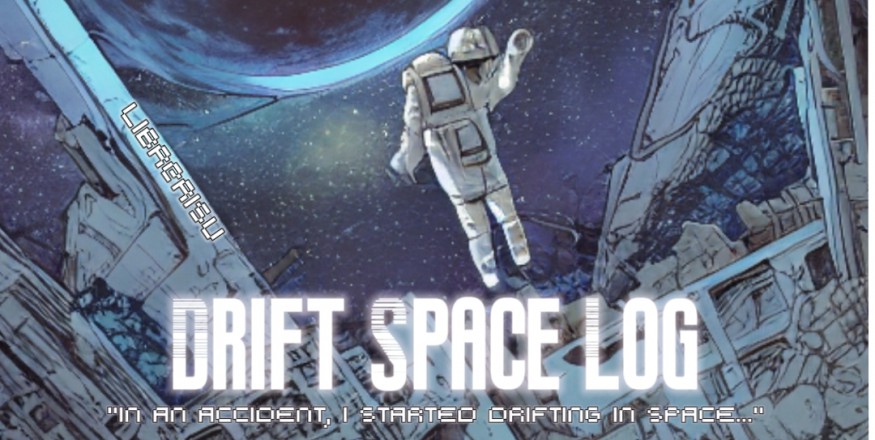"The Classic of Mountains and Seas," also known as the "Shan Hai Jing," is an ancient Chinese text that describes and records various types of life forms within its world. Scholars who study the "Shan Hai Jing" consider it to be a cultural classic encompassing astronomy, geography, ethnicities, history, religion, and mythology, often referred to as an ancient "encyclopedia."
121Please respect copyright.PENANAMrWX64RBE4
Due to the unknown authorship, the contents of the book can only be deciphered by later generations.
121Please respect copyright.PENANAVc8eFuTORt
It is unlikely that the author of the "Shan Hai Jing" simply wrote it as a passing fancy.
121Please respect copyright.PENANA6ithVsHYgP
After careful interpretation, it is found that the content within the "Shan Hai Jing" aligns with certain modern scenarios, providing possible origins.
121Please respect copyright.PENANADoeV68AMtH
For example, the segment about the "Xing Xing" in the "Zhao Yao Mountain" describes a creature resembling a monkey with white ears, capable of both crawling and walking upright. This closely resembles a human-like orangutan.
121Please respect copyright.PENANAM5246qnx74
The existence of orangutans in the forests of ancient China is not surprising. However, what is astonishing is the description of the "Quan Yu" found only in the Americas: "There is a creature that resembles a rabbit with a bird's beak, owl's eyes, and a snake's tail. It falls asleep upon seeing humans and is called the 'Quan Yu.'"
121Please respect copyright.PENANAjIkgqKDxbL
Could it be that the Chinese had set foot in the Americas thousands of years ago?
121Please respect copyright.PENANAKKbgh0EWcs
Furthermore, the recorded contents within the "Shan Hai Jing" could potentially be an ancient world map! From a modern perspective, these encounters seem extremely absurd and difficult to explain. It challenges the notion that ancient people could have traveled extensively across the globe given the limitations of transportation and technology at the time. This inherent perception stems from the concept that time only moves forward in a straight line, without considering.
ns18.117.71.21da2

































